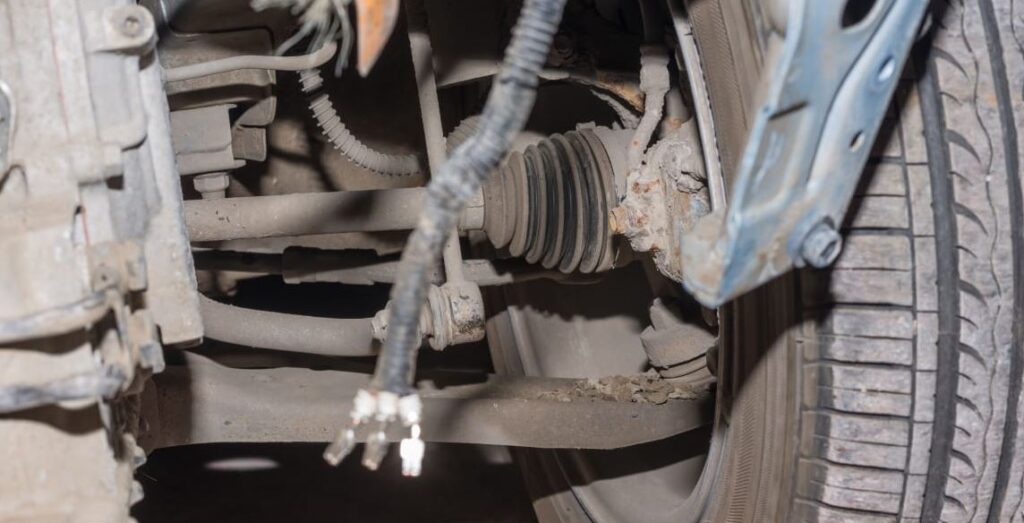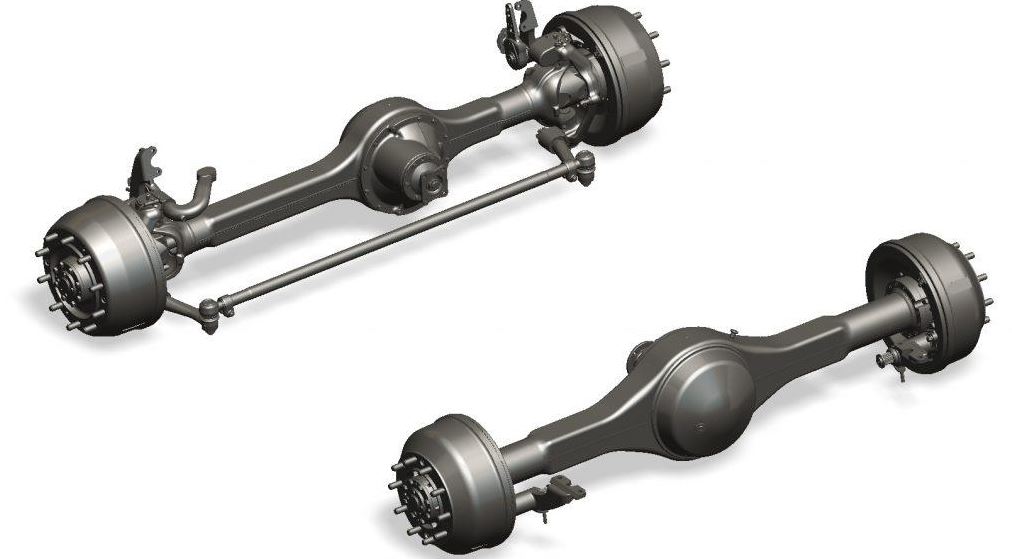Last updated on January 13th, 2023 at 08:34 pm
How To Shift Gears In An Automatic Car and Manual Transmission cars. In recent times, it is very common to see automatic cars everywhere. One reason this is so is that they are easy and more comfortable to drive their manual counterpart.
Driving an automatic car can be fun and easy, as you’ll be perplexed by the lack of a clutch pedal. However, the gearboxes in an automatic car can be confusing when you want to start and stop the car. So how would you shift gears in an automatic car in an easy way? Check Engine Light Turned Off by Itself
Here is how to shift gears in an automatic car
The gear selector positions
P means Parking
If you intend to park for the small gear selector, then you can activate it using the P button. But to park with a large gear selector, then you can do this by moving the gear selector to position P.
Note that when the P position is activated, the transmission will be mechanically locked. You should choose the P position whenever you park your car. Also, your car can still be started whenever it is positioned in P.
While you’re parking the car, ensure before you shift to P position that you have applied the parking brake.
Read this: Why is Transmission Fluid Leaking From Bell Housing, In Front & Flywheel?
Once done, the system will automatically switch to the P position:
In case you intend to park your car with an unbuckled seat belt before opening the door, make sure you end P mode, and this can be done by shifting to R or D again.
In case your car happens to be off in gear N position, this will make it not automatically switch to position P.
The R Indicates Reverse Mode
Anytime you intend to move your car backward, just switch the gear to R. However, ensure that your car must be stationed before R is selected.
N means Neutral
Your car can roll freely while in N position. Additionally, you can still start your car while in the N position. Note that the parking brake should be stationed with the vehicle’s gear selector in the N position.
In case you want to shift to another gear while in N position, ensure to depress the brake pedal and allow the ignition in mode II. But if your car has a small gear selector, then your engine must be running.
D means drive mode
The position D of the gear is the normal driving mode. Depending on your speed and acceleration, there will be a transmission shift that will go up or down automatically.
Note that whenever the gear selector is shifted from R to D, the car must be stationed.
M means the manual position
Note that it is possible in position M to shift the gears manually.
In case you want to select the M position, shift the gear selector from D to the end position which is ±.
- Move the gear selector of your car forward toward the + (plus) sign and release to shift up one gear.
- Move the gear selector of the vehicle backward toward – (minus) and release to shift down one gear.
- Shift the gear selector of your car to the end position which is D, if you want to return to D mode.
Note that it is possible in position M to shift the gears manually. Once done, the engine braking will activate whenever you release the accelerator pedal.
The position M can be selected by shifting the gear selector rearward from D.
- Shift the gear selector of the vehicle to the right toward the + (plus) sign and release to shift up one gear.
- Shift the gear selector of the vehicle to the left toward – (minus) sign and release to shift down one gear.
- Shift the gear selector of the vehicle rearward to return to D mode.
To have better engine performance and shifting, your transmission will automatically move down once the speed of the vehicle becomes too low for the selected gear.
Related Articles: Is CVT Better Than Automatic Transmission (See Pros & Cons)
What Is The Neutral For An Automatic Gearbox?
Your car can roll freely while in a neutral position. Additionally, you can still start your car while in a neutral position. But note that the parking brake should be stationed with the vehicle’s gear selector in the neutral position.
In case you want to shift to another gear while in a neutral position, ensure to depress the brake pedal and allow the ignition in mode II. But if your car has a small gear selector, then your engine must be running.
Automatic Transmission Neutral Gear When Stopped
It is the duty of the neutral gear to disconnect power flow from the engine to the wheels. You can only feel this disconnection of power whenever the accelerator is pressed down.
Moving the neutral gear won’t only disconnect power flow between the engine and the wheels, it can be of help in critical situations.
So when should you engage the Neutral gear?
Here are situations where you are to engage neutral gear
- Engage Neutral gear when you want to stop your car with a stuck throttle
- Engage Neutral gear when you want to stop the car during a brake failure
- Engage Neutral gear when you want to tow a car
Difference Between Park And Neutral In Automatic Transmission
The difference between the park and neutral in an automatic transmission is that the park locks your vehicle’s brake automatically. This means that you can leave it without the handbrakes being turned on, while the neutral gear requires handbrakes due to its inability to lock brakes.
However, you are required to use neutral gear when you park on a flat surface.
Conclusion
It is true that automatic transmission gear can be very reliable, it can also be very expensive when it comes to maintenance.
Automatic transmission vehicles are easier to drive, and they can actually be more efficient than manual cars.
Automatic transmissions cars are faster, they have the power to change gears faster than humans and can shave crucial tenths of a second off the 0-62mph time.
Automatic vehicles are good for sports, they are usually more expensive to buy, and this might not sound good for you if you’re a new driver that faces high insurance premiums. Does Check Engine Light Turn Off Automatically After Repair

Hi dear, I am Dennis Gift, an autobody repair technician with over 4 years of experience; and I love everything about fitness and cars and researching and sharing my experience. And this is where I get to do that freely without reservations. So come along with me.



